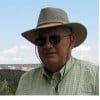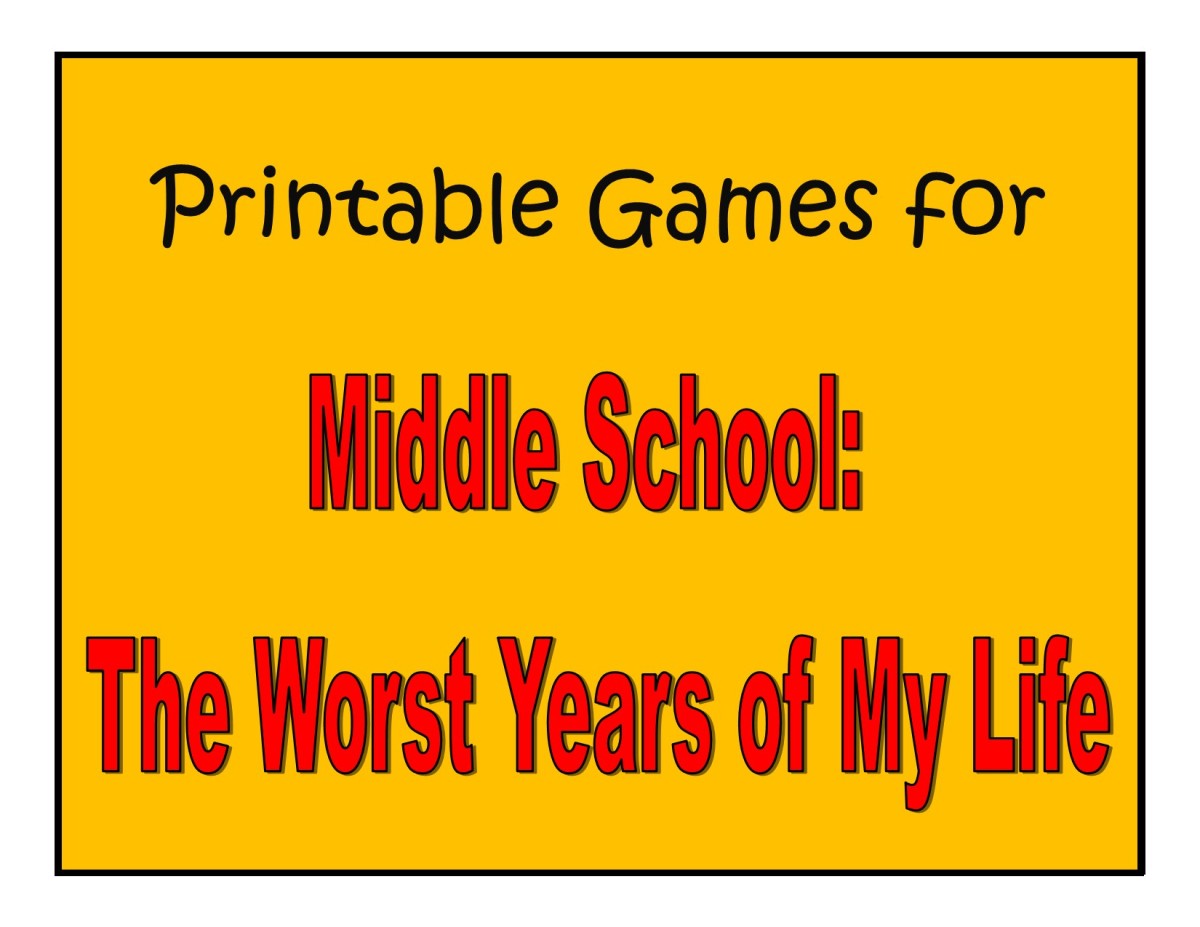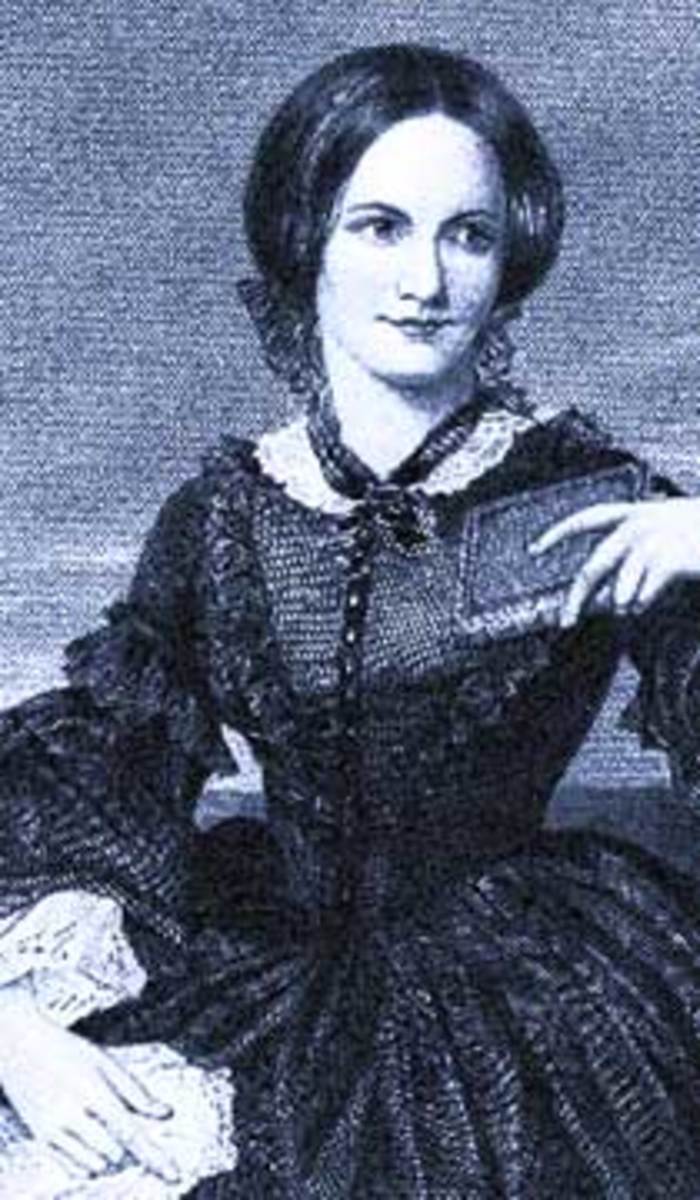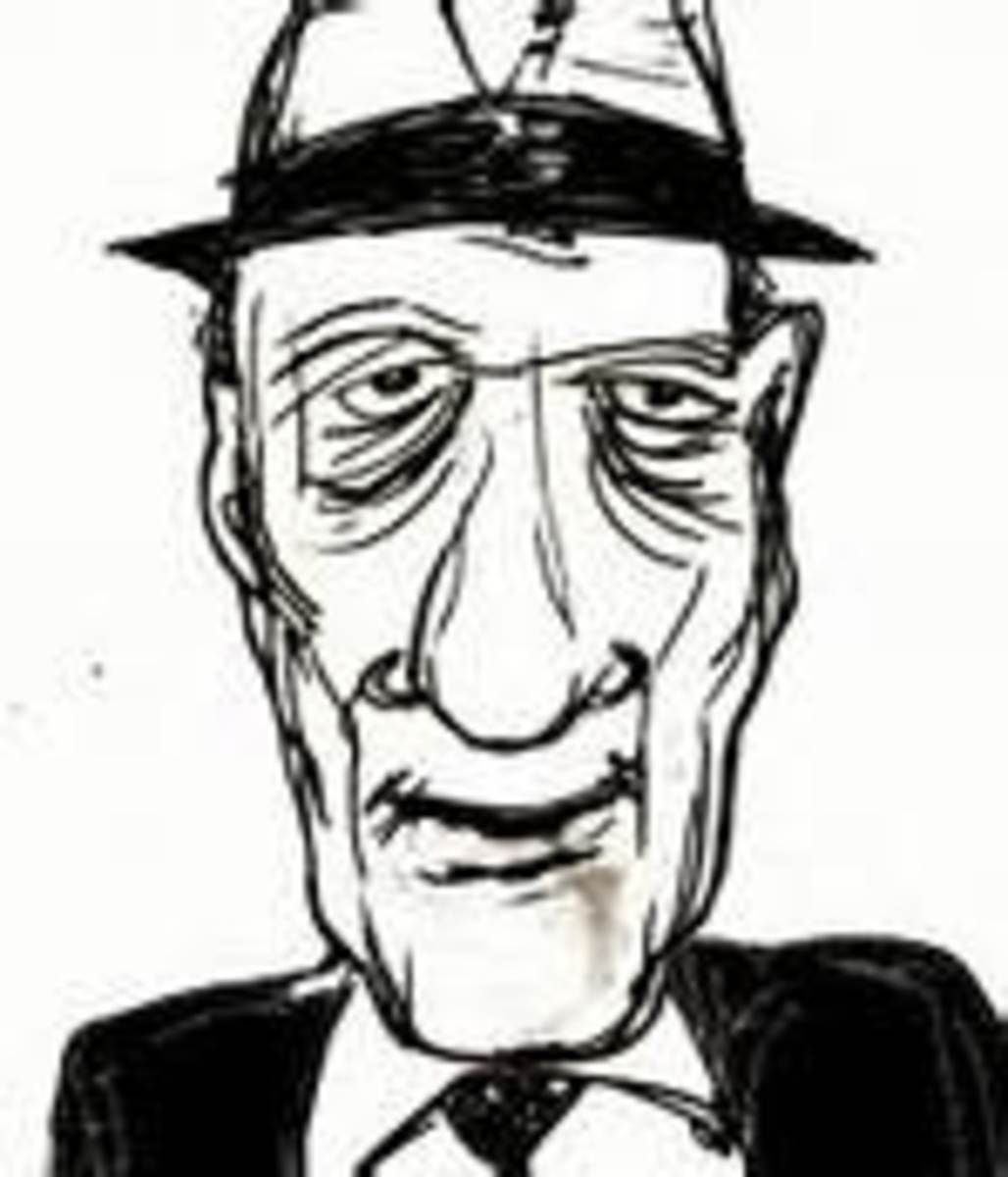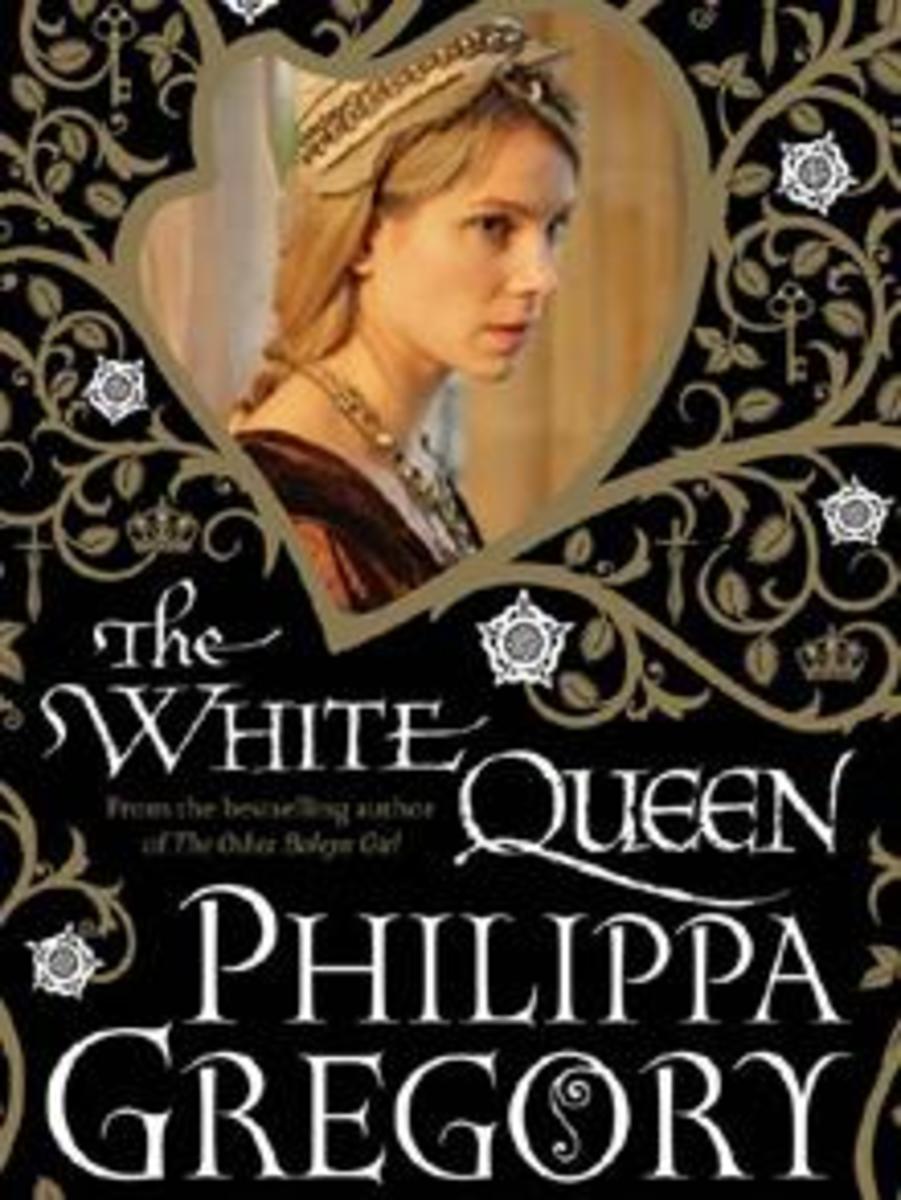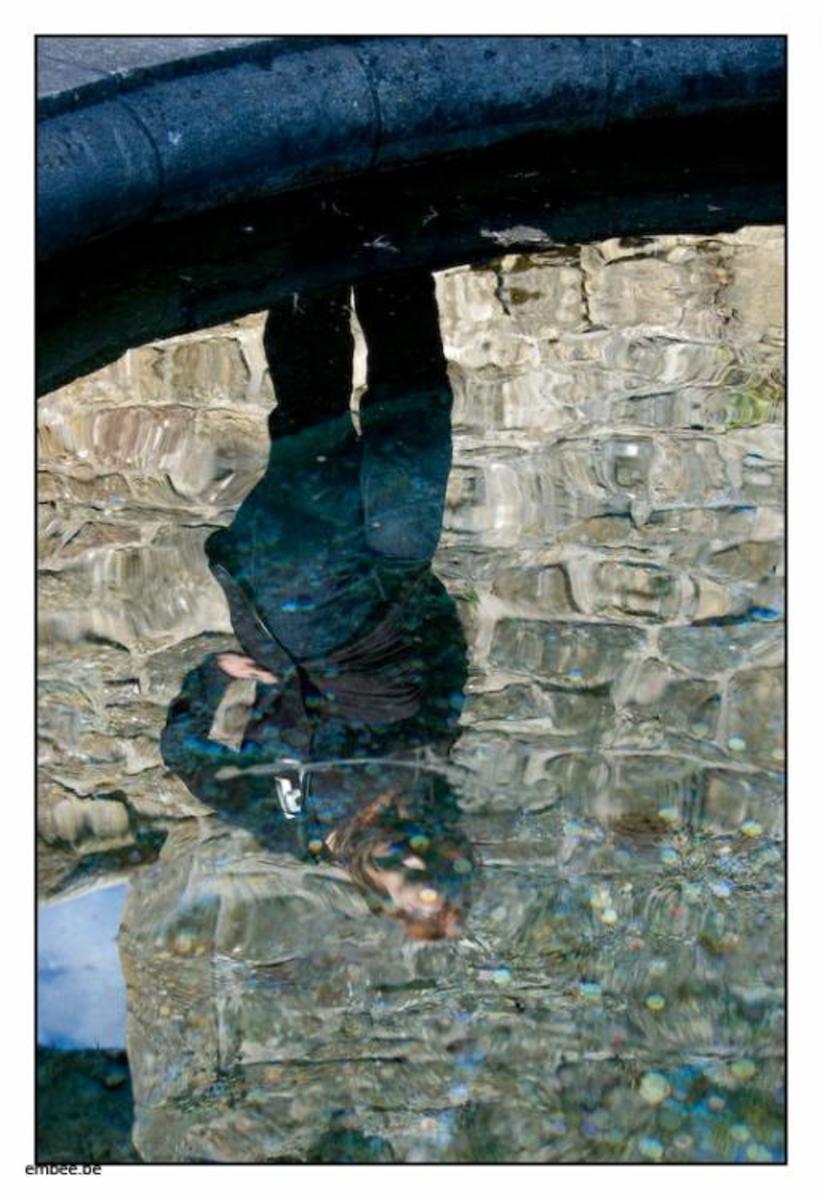McDonald Tales - MT7 - Jane and Daniel with William in school
Pasture were essential in the valley
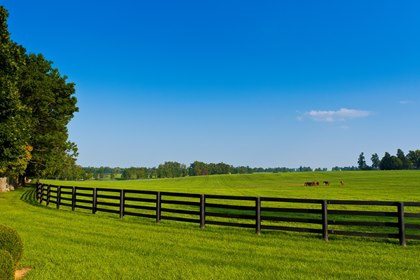
They rode the pasture lines
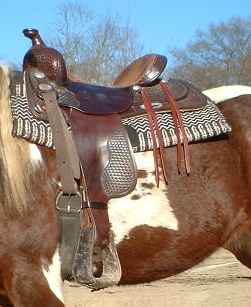
Jane and Daniel expanded their productive farmland
In the early 1870s, Jane and Daniel McDonald focused much of their attention on expanding the productivity of the land and cattle for which they now had primary responsibility. With no other children in the family, and young William off to school each day starting in the fall of 1870, both Jane and Daniel could attend to their agricultural interests, along with his father, Henry, and their three hired men, Orville, Julius, and Elwin. By this time, they had the cattle along the ridge, in pastures across a two-mile stretch, on either side of Oak Creek. Below the ridge, they were focused on most efficient use of the crop able land. Also on the original McDonald section, they continued to clear and plant all of the available land. This was enhanced now that their home was in the middle of the section. Looking forward, they made plans for the west half of Section 19. This was the land immediately to the east of the cemetery location, with Oak Creek running diagonally from northwest to southeast. They planned to farm up to the creek from the west, and eventually, pasture the land to the east, that connected along the ridge to the east end of the pasture along the ridge.
As soon as the fall harvest was in, Daniel, Orville, and Julius used the mules to plow the land for spring planting. Elwin and Jane rode the pasture fences and tended to the needs of the cattle, when they were no longer needed to assist with the farmland. Elwin said to Jane, “I really enjoy working with the cattle. They remind me of the promise of the future, as the young ones grow. Plants, such as the corn, grow as well, but I like watching the calves mature and being able to be on their own.”
Jane replied, “I’m frankly surprised I enjoy working with the stock. Now that Daniel helped sort them out we know what we want from each group of animals. It has made it more interesting, for me, as well. Moving each herd from one pasture to another, so that the grasses have a chance to grow properly, is also a challenge I appreciate. I like order.” They were riding a fence line on the ridge. “By the way, Elwin, how are things working at the bunkhouse? Are living conditions there still good for you fellows? Is there anything else you need?”
“We’re getting along fine, as far as I know. Thank you for asking. The old cabin, with the extensions, seems to meet our needs quite well. We are each happy to have a place to ‘call our own,’ I suppose. Some would feel isolated, but we are close to the creek, can go fishing, can gather our own wood along the banks. I think of it more as an ideal life.”
“Thank you for that, Elwin. If any of you feel the need for anything else from us, please ask.”
“Yes, ma’am, we will!”
Jane followed the work of Stanton and Anthony
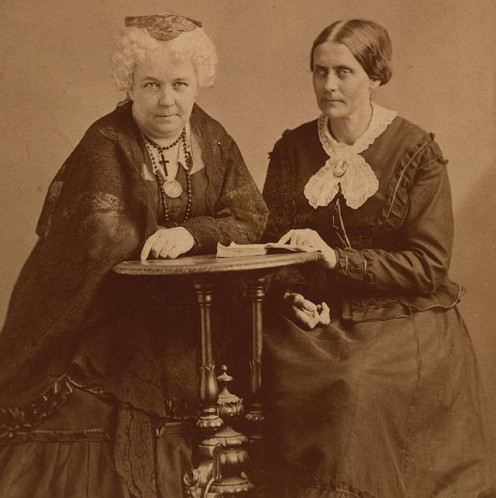
Jane quietly pursued other interests as well
As a graduate of the Davis Academy for Girls in Jefferson City, Jane learned about the Seneca Falls Convention, in Seneca Falls, New York and the Declaration of Rights presented by Elizabeth Cady Stanton. This convention was viewed as the first organized women’s rights and women’s suffrage activities. Along with Susan B. Anthony, Stanton led the formation and activities of the National Woman’s Suffrage Association. There were many ups and downs of the women’s rights movement, but Jane followed these most closely. She kept in touch, by mail, with a classmate, Alice Boyd, who had married attorney Homer Price. They lived in St. Louis, and Alice had attended lectures and seminars that were part of the movement. Jane enjoyed the letters Alice wrote about these activities, in quite a lot of detail. Alice seemed to also appreciate that Jane read each one, carefully, and asked insightful questions.
Jane had learned that her nearest neighbor, Grace Crane, was also very interested in the women’s movement, so they chatted about it regularly, when time allowed. When Jane learned that Stanton and Anthony had established The Revolution newspaper as a weekly publication in New York City, she began to plan how to get a copy of her own. Grace supported this effort. Begun in January of 1868, an annual subscription sold for $2 per year. Daniel and Thomas were both aware of their wives’ interest in this movement. Each was supportive, within their families, though it was not generally a popular position for men, at the time. So, when Jane and Grace agreed to share the cost of a subscription to The Revolution, they were able to send off their order. The newspaper focused primarily on women’s rights, especially suffrage for women, but also reported on politics, the labor movement, and finance.
When each weekly issue arrived, they each enjoyed reading it, and discussing articles they read with each other. Jane’s younger sister, Nellie, also a Davis Academy graduate, was also very interested in the movement, and they shared the newspaper with her when they were finished with each issue. She maintained the back issues at her home, so they could reread earlier stories, if their wanted to do that.
Jane and Grace subscribed to The Revolution
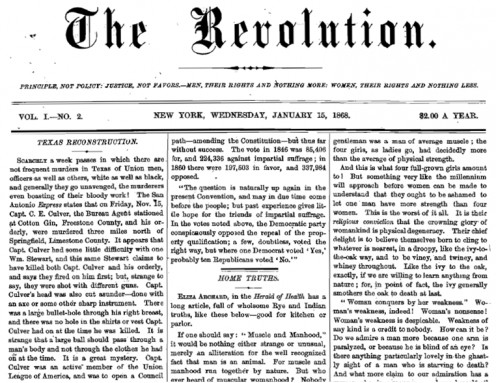
Book Clubs continued in the 1870s
Levi Weston had introduced the Book Club concept to the Oak Creek valley when he first arrived. It had been well received. He had picked up the idea from Beth Davis, founder of the Davis Academy for Girls in Jefferson City. She was an Oberlin College graduate, and encouraged everyone to read widely. Levi strongly supported that approach to life. Levi had also found that the Fourth Sunday afternoon gatherings in Oak Springs were a great forum for organizing Book Clubs, and keeping the activity alive in the rural environment. Jane and Daniel McDonald had been early and regular participants, usually together, but occasionally in separate groups.
The Book Clubs allowed participants to get to know other community members on a much more personal level, based on common interests. It also allowed exploring new interests for those who wished to do so. Jerry and Polly Potts were enthusiastic Book Club members as were Nellie Truesdale and Alex McDonald. Jane found it interesting that her brother, Lewis Truesdale, and his wife Caroline, participated, but with less enthusiasm than many of the others. Participation was purely voluntary, of course, but most people found quite a bit of peer pressure to be involved. Ralph and Sally Campbell seemed to have become involved in this way, but were now considered among the more enthusiastic in most groups.
Jane believed that with the newly rebuilt Community Building as a center for Fourth Sunday social gatherings in 1870, and beyond, the Book Group meetings also grew in popularity. Everyone interested met at these Sunday gatherings once a month, for up to an hour. Then, usually four, sometimes up to six, persons decided to read a particular book over the next few weeks or months. That ‘Book Club’ would meet with just its members, at least once a month (sometimes twice) at members’ homes, to discuss what they were reading. Jerry and Polly Potts as well as Jane and Daniel, often loaned copies of their books for the Book Clubs, as they each had large and growing libraries. Others began to offer their copies to be read by Clubs, as well. Many times, books would be purchased my members. It was an interesting process, which fascinated Jane’s curious mind.
The cattle pastures were on the ridge above Oak Creek
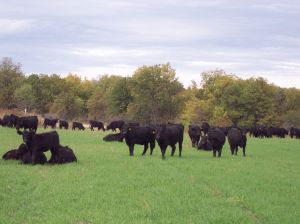
Note from Author
With MT7 we return to Jane and Daniel McDonald with William now in school. Some details of this McDonald Tale (MT7) have been told in the short story collection, “American Centennial at the Homeplace: The Founding (1833-1876)” but here we are seeing the activity through the eyes of Jane and Daniel McDonald, along with new material and insights. Some details in this story were also introduced in the Levi Weston series (Lx) of the Weston Wagons West series of stories. See Related Stories in the sidebar. Here we learn new behind-the-scene insights about this family. These Tales are a part of “The Homeplace Saga” series of stories.
“The Homeplace Saga” family saga, historical fiction stories are the creation of the author, William Leverne Smith, also known as “Dr. Bill.”
